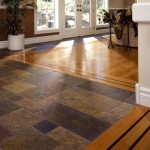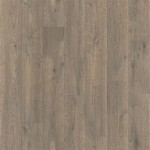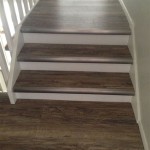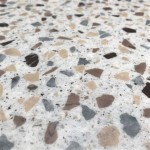Vinyl flooring is a popular choice in kitchens, offering practicality and durability while still providing a stylish and attractive finish. Vinyl floors are easy to maintain, and they come in a wide variety of colors and patterns, so you can easily find a design that suits your kitchen décor. In this article, we’ll look at the pros and cons of vinyl floors, the different types of vinyl flooring available, and some tips for installing and maintaining your vinyl floor.
Pros and Cons of Vinyl Floors
Vinyl floors offer many benefits for kitchens, including being easy to install and maintain, water-resistant, and durable. Vinyl floors come in a wide range of colors and styles, so you can choose a design that complements your kitchen’s décor. They are also relatively inexpensive and can last many years with proper care.
However, vinyl floors do have some drawbacks. They can be slippery and can become scratched and stained with heavy use. They are also not as warm to the touch as other types of flooring, and they do not provide as much soundproofing as other types of flooring.
Types of Vinyl Flooring Available
Vinyl flooring is available in a variety of styles and textures, including sheet, tile, plank, and luxury vinyl tile (LVT). Sheet vinyl is the most popular choice for kitchens because it is easy to install, relatively inexpensive, and available in a wide range of colors and patterns. Tile and plank vinyl are also an option for kitchens, but they require more installation time and cost more.
LVT is a type of vinyl flooring that is becoming increasingly popular in kitchens. It is more expensive than other types of vinyl, but it is also more durable and offers more design options. LVT is available in both tile and plank styles, and it can be installed with a floating system, so it is easy to install.
Tips for Installing and Maintaining Vinyl Floors
Installing vinyl floors in a kitchen is a relatively simple process and can be done in a few hours. The first step is to measure the kitchen and determine the size of the vinyl floor you will need. You will then need to prepare the subfloor by cleaning it and removing any debris.
Once the subfloor is prepared, you can begin installing the vinyl floor. You will need to lay down a backing, adhesive, and then the vinyl floor itself. After the floor is installed, you should seal the seams to prevent water from seeping through. You should also use a sealant on the edges of the vinyl floor to keep it from peeling or cracking.
Vinyl floors are relatively low maintenance, but they do need to be cleaned regularly. You should sweep or vacuum the floor regularly to remove dirt and debris, and you should also mop the floor with warm water and a mild detergent. If you need to remove a stain, you can use a mild detergent and warm water, or a vinyl floor cleaner.
Conclusion
Vinyl floors are a great choice for kitchens due to their durability, water-resistance, and range of colors and styles. They are also relatively easy to install and maintain, making them a popular choice for many homeowners. With proper installation and regular maintenance, your vinyl floor can last for many years.















Related Posts








